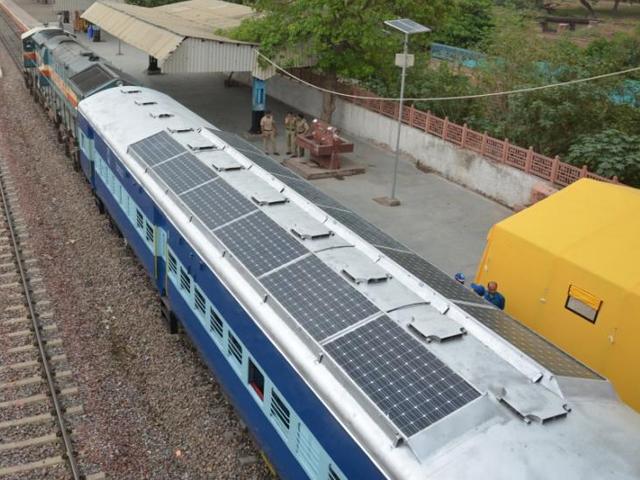more than 200 days of free swach water considering Kejriwal’s 700 litre per day use. Imagine the amount of rainwater wasted every year.
What is ground water?
Ground water is the rain water
percolated in the earth’s porous surface. Consider the surface below us a huge
water storage. The top soil layers (sand, silt, gravel) are porous. Rain water
gets absorbed through these and moves down by gravity till it reaches an
impermeable surface rock or cracks in such rocks. The rain water saturated in
this region can be extracted for use by drilling a well. These water bearing
rocks or unconsolidated materials (sand, silt, gravel) are referred to as an
aquifer. The depth at which aquifers are found depends on the geology of the
place and amount of rainfall it receives. In rocky high altitude Bangalore, the
water table lies much lower than the riverbed city of Cuttack where bore wells
of 100 feet can suffice. Bhubaneswar, the twin city of Cuttack, has a lower
water table too owing to its slightly higher altitude and distance from big
rivers. Apart from that, rampant construction has lead to ground water shrinkage
in the capital city. New bore wells have average depths of more than 200 feet
here. Well it is undeniable that dry aquifers can lead to catastrophic effects
on human civilization; storm water off buildings and roads causing flash
floods, or dry wells aiding water tanker mafias.
What can be done to recharge the ground water?
Ground water has depleted because rain water has not been
allowed to enter the aquifers. In urban areas, there are a few ways to recharge
the ground water. One of the simplest ways is rain water harvesting off the
surface of buildings instead of letting it run off in the storm water drains.
Storing the rain water in underground tanks/sumps or drums is very effective.
Rain water is one of the purest sources of water. However, the roof surface
must be clean enough to ensure that this water is potable. A simple mesh filter
is often enough to use this water for most purposes like cleaning, washing,
bathing, etc. This directly reduces your water consumption. Rain water is water
filtered to perfection by nature. When this water reaches polluted rivers or
streams via storm water drains, it gets contaminated. Pumping and treating this
water back to houses is wastage of huge amounts of energy. Soak-pits are
another simple way of recharging ground aquifers. A soak-pit is essentially a
small dug out pit lined and layered with permeable materials like sand, coal,
gravel, etc where rain water is allowed to flow, get absorbed and filter into
the aquifers. A small soak-pit of 4x4x4 (feet) dimension can do wonders to increasing
your ground water level. Larger the soak-pit, greater is the water absorbed.
 |
| Aquifer |
How much water can be collected?
Rain
water collected = Area of catchment (roof) X Total rainfall in a year. For
Bhubaneswar, which receives around 1500 mm of rain every year, the rain water
that can be collected from 100 square meters roof is 150000 litres. This means
more than 200 days of free swach water considering Kejriwal’s 700 litre per day
use. Imagine the amount of rainwater wasted every year.
Rain water harvesting
needs to be implemented both on the individual and organizational level. The
government needs to introduce laws which mandate rain water harvesting in every
building and plot of land. Some states in India have laws for bigger buildings.
Apart from that, community and public rain water harvesting projects can be
undertaken to improve ground water levels. Soak-pits or recharge pits by the
side of roads can immediately reduce chances of flash floods while recharging
dried aquifers below. High rise buildings, where consumption is high per unit
area, can greatly benefit from rain water to bore-well recharges. According to
a recent report, 80% of surface water in India is contaminated. Water is
extremely precious; we have to start caring immediately.

















